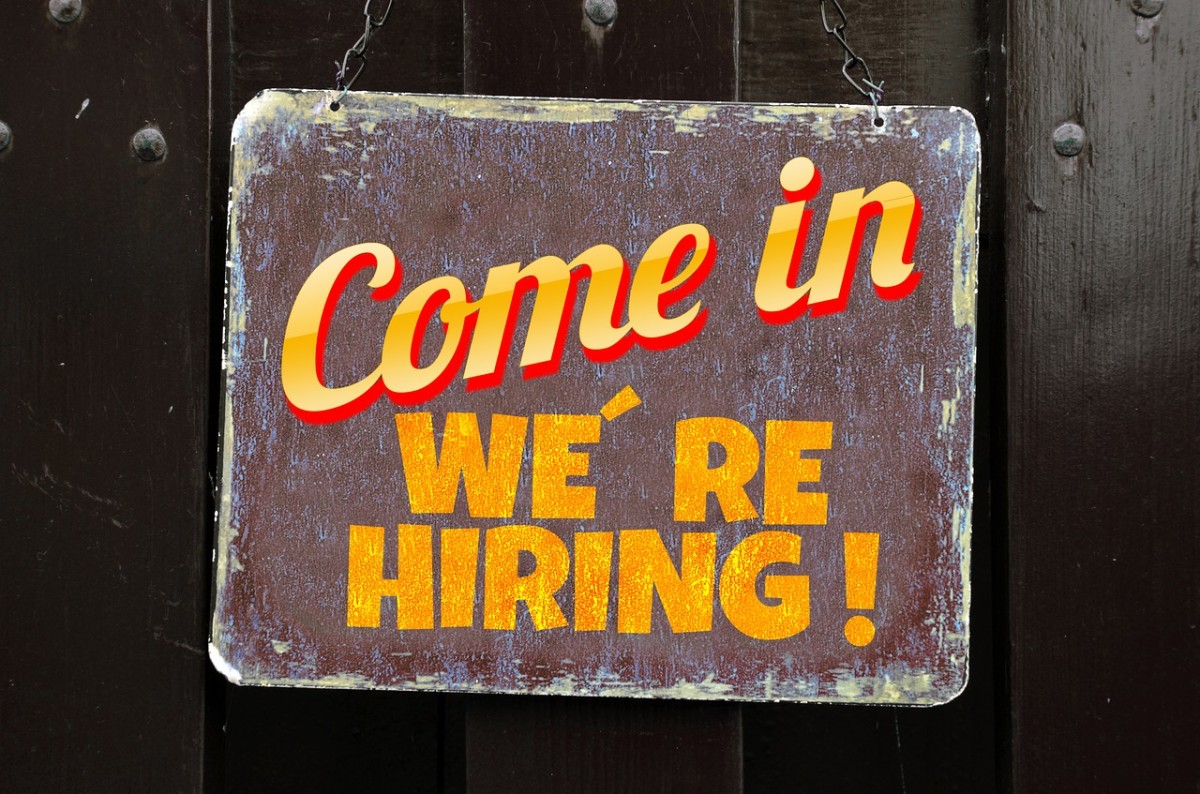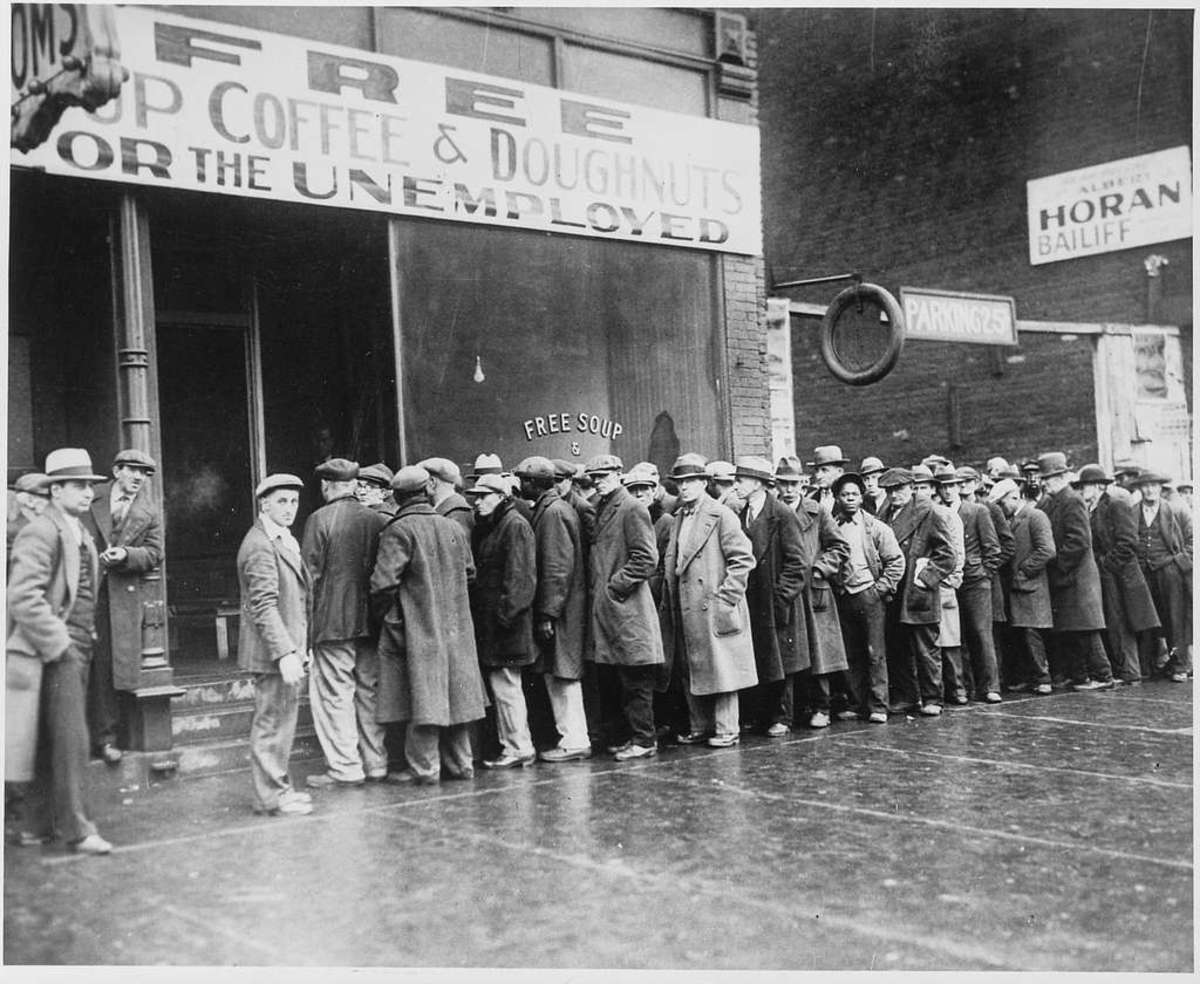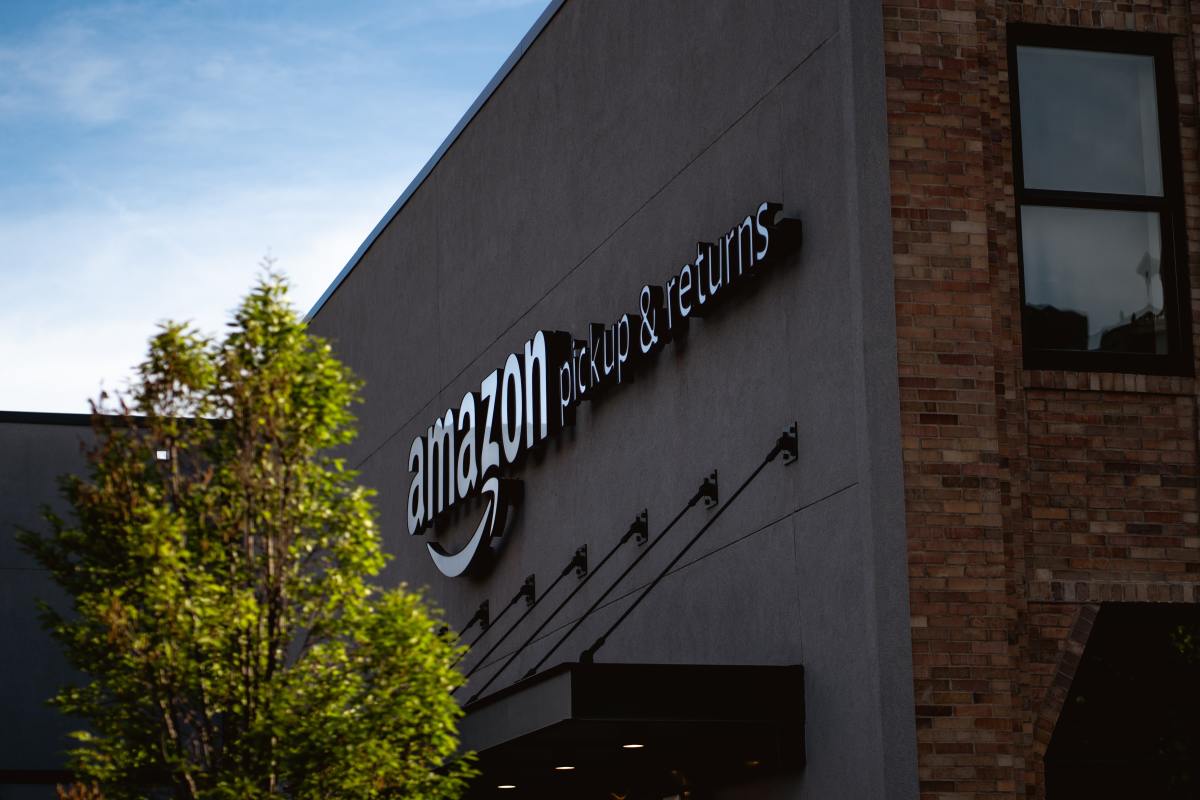Minimum Wage, the Affordable Care Act and Unemployment

Unintended Results
Legislators that approved the last increase in Federal Minimum Wage in 2009 and the Affordable Care Act (Obamacare) into effect during Barack Obama's first presidential term did not intend for Unemployment Benefits to be reduced in response. However, because of employer workarounds to offset the new legislation and its costs, this is what is occurring some places in the USA. Further increases in minimum wage may cause additional workaround cuts to employees in 2013 and 2015.
Not all employers are making these cuts, but some are doing so. Under a 2012 proposal for the Fair Minimum Wage, that minimum rises to $9.80/hour, with ideas of $10.00/hour by 2015. If this occurs, look for additional cuts in workers' benefits and hours and another increased demand for worker productivity to rise in some industries (traditionally, the fast food, casual dining, hotel, and retail sectors).

Examples: Labor Cuts In 1980 and 2009
Under Presidents Jimmy Carter and Ronald Regan
In 1980, when Federal Minimum Wage increased to $3.10/hour, the largest fast food chain in Columbus, Ohio cut employee costs by
- Reducing all non-management employees to part-time status of 20 hours a week or fewer (saving the cost of Unemployment Insurance Premiums),
- Reducing the number of workers scheduled on each shift (demanding increased productivity), and
- Eliminating healthcare insurance coverage at the restaurant level for non-management workers.
In 1982 under the Ronald Reagan Administration (1981 - 1989), two restaurants in this Number One Chain closed for business in Columbus - an unheard of event.
In the 21st Century
In 2009, when the minimum wage rose again, fast food restaurants and other companies again cut employees from each work shift. Because of the movement toward temporary employment and part-time workers since about 1956, many employees were working fewer than 35 hours per week (the threshold for Unemployment Insurance to kick in, at least in Ohio).
Again, the largest chain of fast food outlets in my city in Ohio cut workers in some of their restaurants to counteract the $7.70/hourly labor cost, plus Workers Compensation premiums (paid by the company) and employer's Social Security Tax contribution (half paid by the company, half paid by the worker). The most extreme case of these cuts occurred in a unit on the city's busiest street.
The manager of the unit in question cut the lunch rush work crew to include only three people: 1 grill person that prepared all sandwiches and some fried items, 1 order taker/cashier for the front line registers and the drive thru window who also drew all beverages and cooked all french fries, and an assistant manager to help the other two workers. Cooking began far enough ahead of the rush that a sizable amount of food was ready, but became cold and unpalatable before it was served. Special orders were denied. When the long lines at the front counter and Drive Thru dispersed, the order taker/cashier also cleaned the dining area and restrooms and removed trash to the dumpster.
The lunch rush lasted approximately one hour on weekdays and cost the franchise owner (a company in its own right) only about $20.00 in total crew labor costs to produce about $600 in that hour with an average customer check of about $4.00. That comprises a crew labor cost of far under 1.0% However, the labor cut cost that company additional dollars in wasted food and paper costs, lost business from customers that walked out, and a higher employee turnover and absentee rate. The crew labor cost skyrocketed to a high percentage during afternoon and evening hours, because sales dropped significantly, but no further crew could be cut and still allow for operation of the restaurant.
In order to stay open and stave the loss of patronage, the company scheduled additional workers for the lunch rush.
Announced Labor Cuts in 2014
Penalties levied against employers not offering healthcare insurance coverage to employees working 30 or more hours per week beginning January 1, 2014, can amount to $2,000 per employee. Some employers, in fast food and casual dining outlets, retail stores, and similar places announced a plan to reduce most or hourly employees to a a work week of under 30 hours, the threshold at which insurance coverage must be offered.
Again, in Ohio and other states, this work week reduction also eliminated Unemployment Insurance premiums for companies, because employees working fewer than 35 hours per week were already not covered by Unemployment Insurance under these states' laws.
Thus, some employees would find themselves underemployed and with no Unemployment Benefits if laid off. Ohio is also an At Will Employment state in which workers can be terminated for any reason or for no reason.
See The Healthcare Law and Work Shifts, at finance.yahoo.com/news/health-law-spurs-shift-hours-022100532.html

Possible Trends
The trend toward temporary employment and short-hour work weeks may have begin with the fast food industry in the mid-1950s. This industry quickly became one to demand high productivity from crew workers at low wages and to encourage crew employee turnover to avoid labor costs like health insurance, vacation and sick days, Unemployment Insurance Premiums, etc.
Temporary Employment Agencies seemed to build out of this fast food labor trend as it spread to other industries, followed by the rise of the use of Independent Contractors, the ultimate employee cost saver.
In non-union workplaces where salaried employees work without contracts, some workers fear that even their employment status could be reduced to save company costs, either by job attrition and combining of duties, or by outright work hour reductions and/or pay and benefits cuts. Some industries may easily escape these possibilities, including the expanding Aerospace Industry, Energy, and Healthcare (depending on the impact of Obamacare on that industry).
Federal Minimum Wage Increases in USA
Each time that the Federal Minimum Wage has increased, prices of consumer goods and services have risen to make up for that heightened labor cost. In that way (oversimplified), raising the minimum wage increases inflation.
Table I. Short History of the Federal Minimum Wage
Year
| Federal Minimum Wage
|
|---|---|
Fair Labor Standards Act (FLSA) passed in 1938
| $0.25/hour
|
1950
| $0.75
|
1956
| $1.00
|
1968
| $1.60
|
1980
| $3.10
|
1997
| $5.15
|
2009
| $7.25
|
2014
| $10.10 on federal contracts
|
Selected years of increases for a quick comparison over time. Since 2000, some US State Minimum Wages are higher than the federal amount.

Since 1989, any American business that earns less than $500,000 per year are not subject to minimum wage laws. They may pay workers less per hour.
In 1997, President Bill Clinton signed into law an act that gave the US States the right to set their own minimum wage rates. Today, some of those state minimums are higher than the federal rate, including in my own state of Ohio ($7.80 vs. $7.25).








